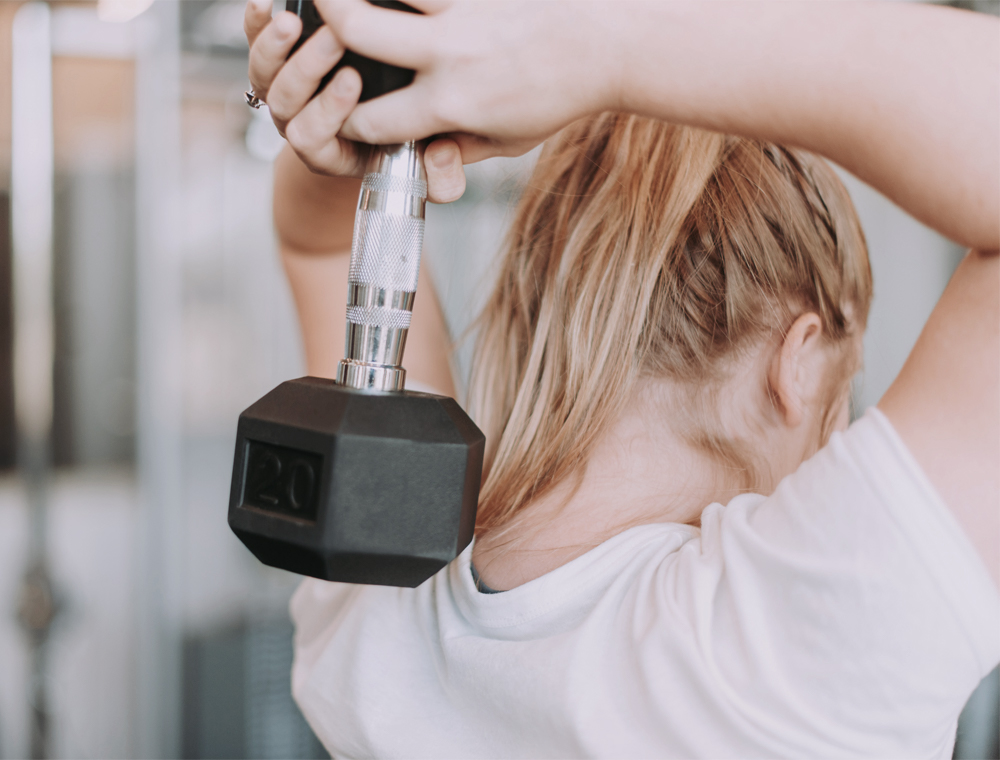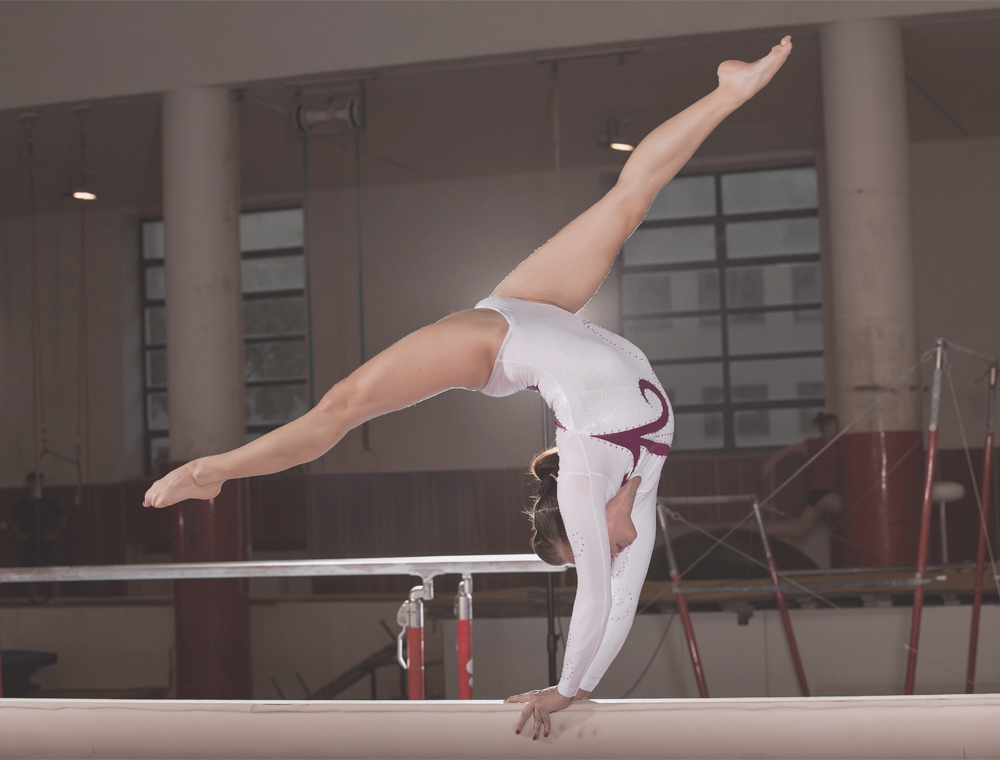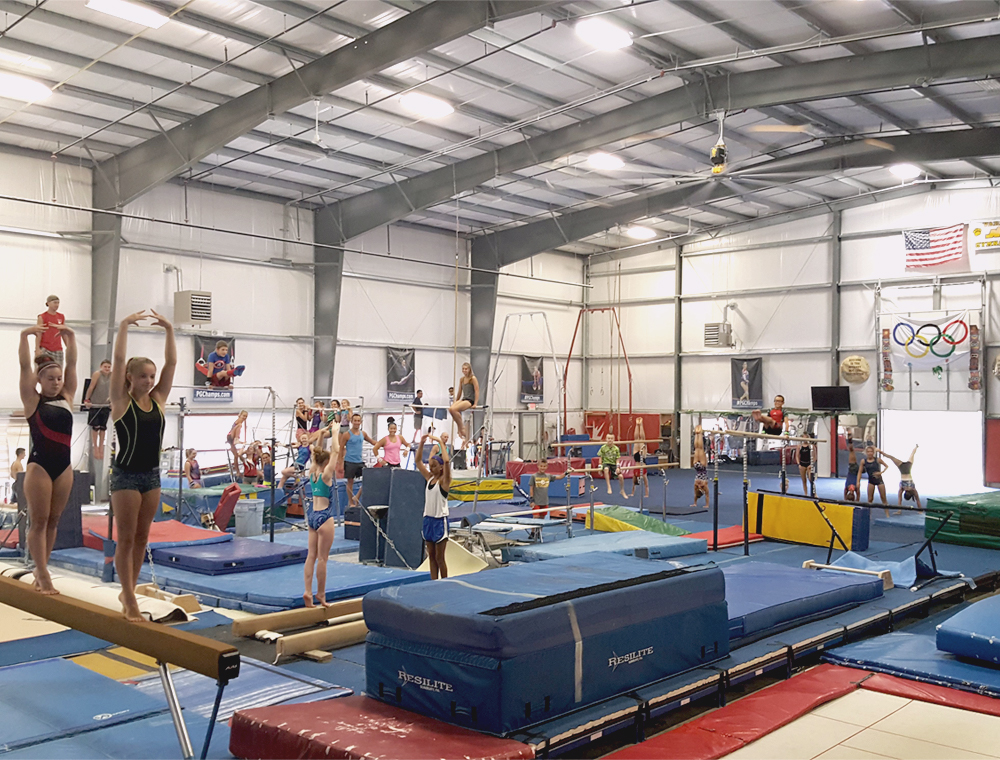
Complete your training
In the world of sports, injuries are just as common as touchdowns, goals, and birdies. No matter how hard you try to avoid them, they can catch up to you. Poor training methods, improper warm-ups, dehydration, fatigue, and overuse are all factors. That’s why you need to add physical therapy to your training regiment. It helps you recover, strengthen, and get back to back to doing what you love.
How you’ll benefit as an athlete
Find relief
Manual therapy, electric modalities, taping, and bracing decrease stress on your injured areas and restore normal range of motion.
Gain strength
Progressive strengthening programs that make use of blood flow resistance training help you gain strength faster, even while recovering.
Recover faster
Many PT techniques help increase blood flow to your injured areas and flush waste products, thus promoting faster healing.
Prevent injury
Flexibility, strengthening, and positioning programs can help you retrain your muscles and learn how to move properly for years to come.
Gain mobility
With foam rolling, joint mobilization, and manual stretching, you can not only regain your normal range of motion but also improve it.
Find relief
Manual therapy, electric modalities, taping, and bracing decrease stress on your injured areas and restore normal range of motion.
Gain strength
Progressive strengthening programs that make use of blood flow resistance training help you gain strength faster, even while recovering.
Recover faster
Many PT techniques help increase blood flow to your injured areas and flush waste products, thus promoting faster healing.
Prevent injury
Flexibility, strengthening, and positioning programs can help you retrain your muscles and learn how to move properly for years to come.
Gain mobility
With foam rolling, joint mobilization, and manual stretching, you can not only regain your normal range of motion but also improve it.
We were athletes just like you
While we’re a team of Doctors of Physical Therapy, Sports Certified Specialists, and an Athletic Trainer, we were athletes first. Adam was a competitive triathlete, Talia was a level ten gymnast, Rebecca was a level eight gymnast and collegiate rower, and Stephanie was a level nine gymnast.
Our personal experience and passion for athletics allow us to serve your unique needs as an athlete. After treating athletes from high school up to the professional level, we’ve learned how to build a treatment program that gets you back in the game.
Some of the injuries we treat
* Don’t see your injury here? No problem! Just reach out and tell us about your situation.
Ligament sprain
Ligaments are bands of fibrous tissue that connect bones to bones at joints. When you fall, twist, or get hit in a way that forces the body out of normal position, this can stretch your ligaments in a way that’s painful and may even lead to instability. At Eclipse, we use various modalities and transverse friction massage to promote blood flow, as well as restore range of motion and strength in your joints.
Ligament tear
Ligaments are bands of fibrous tissue that connect bones to bones at joints. If your joint experiences an extreme enough force—like that from a fall or another high-impact event—your ligament can tear, causing symptoms of instability. While the most common ligament tear affects the anterior cruciate ligament (ACL) in the knee, tears can also occur in the ankle, wrist, thumb, neck, or back. At Eclipse, we can treat your ligament tears through both non-operative and post-operative techniques. We often use H-wave electrical stimulation and elevation to reduce swelling, manual therapy to restore range of motion, and our progressive strengthening program to get you back to normal functioning.
Meniscus tear
Your meniscus is a C-shaped piece of cartilage in your knee that serves a cushion between your shinbone and your thighbone. Twisting or rotating your knee with enough force can tear this piece of cartilage, causing pain, swelling, stiffness, and catching or locking symptoms. At Eclipse, we can treat your meniscus tear through both non-operative and post-operative techniques. We often use H-wave electrical stimulation and elevation to reduce swelling, manual therapy to restore range of motion, and our progressive strengthening program to get you back to normal functioning.
Spinal stress fracture
While stress fractures in the lumbar vertebrae do occur in a small percentage of the general population, this condition is more common in young athletes—especially those participating in activities involving repetitive rotation and/or hyperextension in the low back. Common in baseball players, gymnasts, and dancers, this repetitive stress to the low back can lead to fatigue or fracture. At Eclipse, we’ll help you recover by increasing your core strength, improving mobility above and below the injury, and by helping you develop your mechanics within your particular sport.
Fracture
Anytime you experience a broken bone, the injury and the extended period of immobilization needed to allow the bone to heal can both leave you feeling stiff and weakened. At Eclipse, we’ll use multiple physical therapy techniques to help you restore your range of motion, balance, and proprioception (i.e., perception of body position and movement).
Disc herniation
A herniated disk occurs when one of the rubbery cushions between your vertebrae experiences a tear, allowing its jellylike center to protrude. If this irritates a nearby nerve, it can result in pain, numbness, or weakness in an arm or leg. The good news is that surgery may not be necessary to relieve this. At Eclipse, we can reduce your disc derangement through extension exercises and progressive core stabilization training.
Tendonitis in multiple joints
Tendinitis, also known as tendonitis, is the inflammation of a tendon. When you overuse or injure a tendon during sport, you can experience inflammation in that tendon. Especially susceptible body parts include the elbow, wrist, finger, and thigh. At Eclipse, we use manual therapy through transverse friction massage, eccentric strengthening, and H-wave electrical stimulation to reduce swelling, mobilize scar tissue, and promote healing.
Artistic Athletics program

Therapy designed for the artistic athlete
Our Artistic Athletics program meets the unique needs of the performing artist—the gymnast, the dancer, the cheerleader—who’s having trouble performing because of pain or injury. The therapists who work in this program are former gymnasts and have worked with athletes up to the professional level. Not only do they understand your injuries and how to help you recover, but they also understand the passion you have for your sport.
Convenient, on-site care at your gym
We’ve officially partnered with five local gyms to provide high-quality physical therapy to their athletes at their practice facilities. This allows us to assess their motions in context, which leads to more effective treatment. Also, since we try to plan appointments around the athlete’s existing training schedule, they don’t have to make any special trips, and we can communicate closely with their coaches.

Get back to full speed
Let us asses your injury and show you how to return your sport
